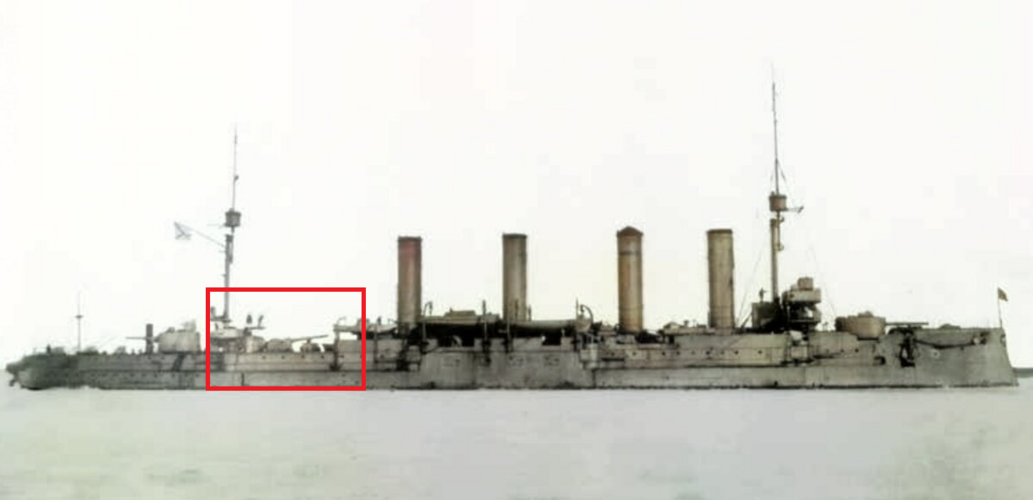World B4
my bad y'all
- Joined
- 25 June 2017
- Messages
- 368
- Reaction score
- 293
I’m interested if anyone has ever taken a crack at depicting the proposed Tennessee & Pennsylvania class modernizations of the 1920s, or other attempts to bring relevance to pre and semi dreadnought warships in the age of super dreadnoughts, specifically attempts to achieve relevance as an ocean going combat vessel. SMS Budapest’s experimental 38cm mounting is an example of a more auxiliary fate, similar to a monitor or HMS Vindictive
Last edited:

